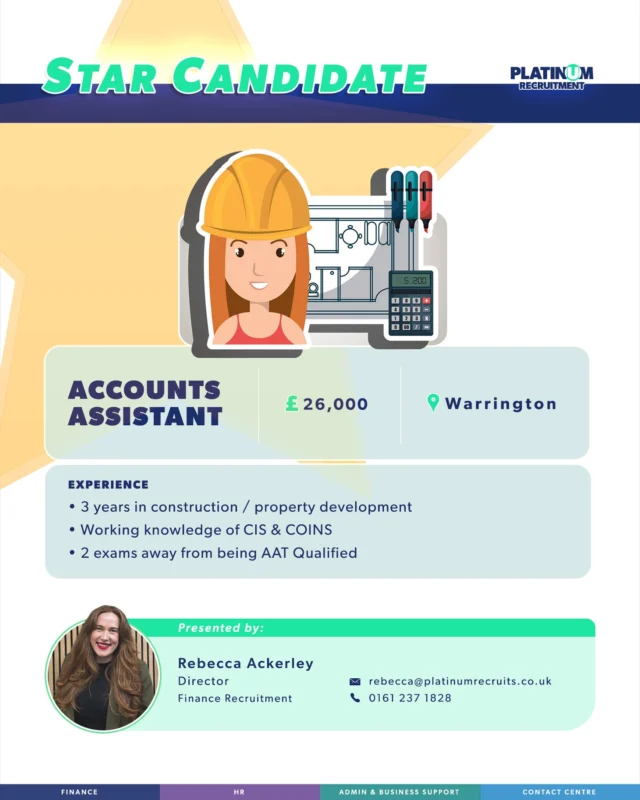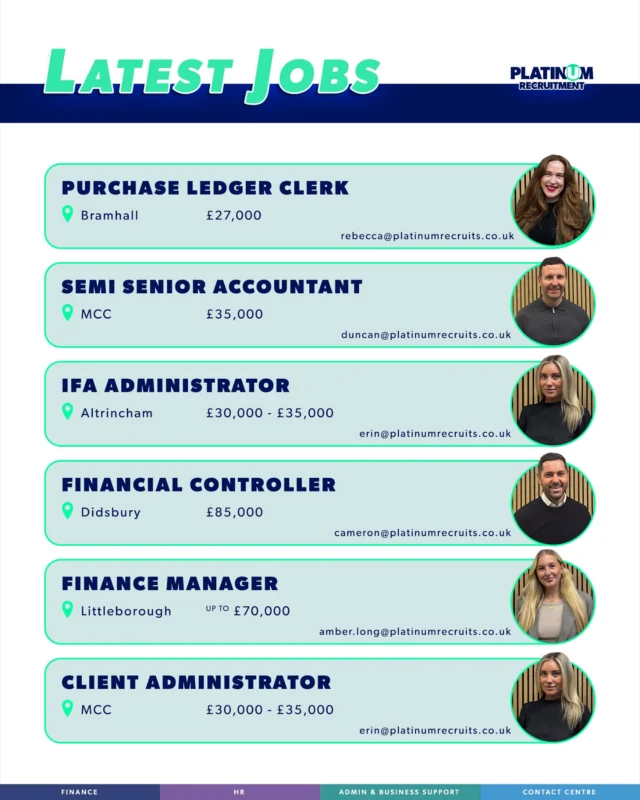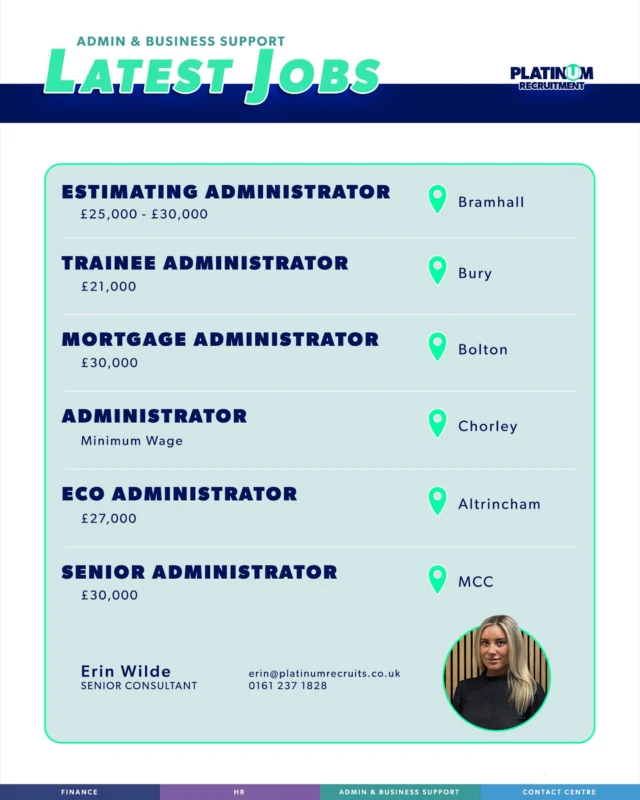2024 Practice Market Insights

Last week we released our 2024 Practice Salary guide.
It highlighted that it’s been one of the toughest years ever to recruit into the practice market, so this year we included some important market insights to help employers navigate the next 12 months.
In this months blog we have highlighted key information from the guide – so whether you are a firm looking to recruit, or a jobseeker looking for a better understanding of what’s happening in the current market the following scratches below the surface and should provide some useful insights.

The Current Market
Over the last 12 months what is obvious is the employment landscape has continued to change.
New technology has allowed for remote working and more businesses have moved to cloud based solutions for their IT and telecoms which has given them and their staff much more flexibility. The newest trend we are seeing is an increase in companies utilising fully remote working to tap into a new pool of practice candidates outside of the North West; how sustainable this is remains to be seen and will be something to explore next year.
Available vacancies are up significantly compared to this time last year; which means there is growth for the second consecutive year with figures surpassing anything we have previously recorded. This has had a direct impact on demand for Top Talent which has driven up salaries throughout the North West for another year running.
Candidates remain in high demand, but why is there such a shortage in the market?
While employers are showing confidence there is still a lack of candidate movement. There have been a number of factors affecting this; but our research would suggest this is largely down to firms reviewing and increasing basic salaries in line with the new market, which has resulted in many employees feeling no reason to leave.
Closely behind salaries is increased flexibility. With more employers now offering hybrid working employees seem happy to navigate commuter times and traffic if they are only doing this a few days a week. Previously ‘working closer to home’ featured highly in our surveys when asking job seekers their reasons for looking for a new job – hybrid working seems to have largely eliminated that.


Remote working - As popular as ever?
In last years survey over 85% of employees were interested in remote working, with many believing it would give them an opportunity for a better work life balance, this resulted in many employers being forced into introducing flexible working.
Fast forward to this year and the appetite is still very much there; in fact this figure has now increased to 88% of people now looking for hybrid working.
Despite these statistics there does appear to be more people wanting to be back in the office; although this is still in a hybrid capacity which offers the flexibility to work remotely with the option of being in the office alongside the rest of the team. This increases significantly with studiers that see the value in being around mentors and management that can help with their development.
Changes In Salary
There have been some significant increases in salaries in the last 12 months which have impacted every position we have looked at in our survey. Although there are a number of contributing factors our research has shown there are 2 key factors which are driving this change:
1
Lack of available candidates has increased demand with businesses competing for the same small pool of individuals. This has resulted in over 93% of candidates having 3 or more job interviews taking place at any one time, with 70% of candidates receiving more than one offer of employment.
2
Counter offers – With a lack of Top Talent in the market over 75% of people that hand in their notice are receiving counter offers. These counter offers are still driving up basic salaries which in turn are driving up what competitors are having to pay to attract the best people.

So what are job seekers really looking for?
If you are looking to attract the best people then you need to understand what people are looking for from their next role. The emphasis this year seemed to be a mixture of work / life balance and professional development with the three stand out requirements from job seekers being:
1 Hybrid Working
2 Study Support
3 Professional Training / Development
Challenges in Recruitment
The competition for staff is significant which has led to increased salaries and benefit packages being offered, along with counter offers which are now at the highest we have seen them in a number of years.
Traditional methods of advertising are proving less effective as there is so much choice for people looking for work which means applicants are being selective in how many jobs they apply to and how many interviews they attend.
This means for businesses that aren’t investing enough money to appear high in search engines and on job boards (or using specialist agencies) they are not getting access or applications from the best candidates.
There is a similar challenge around the pace at which businesses are able to move. The best candidates on the market are finding jobs in under 2 weeks; this drops to under 1 week for non-qualified staff, which means that any businesses that aren’t able to fast track their recruitment process are likely to miss out on candidates to other opportunities.


On-going Struggles
A staggering 61% of accountants struggled to hire in the last year; which highlights just how tough a year it’s been for employers. We are expecting to see a similar pattern over the next 12 months with 68% of the firms we have spoken to expecting to recruit.
All these factors mean we are still very much in a candidate led market, great if you are a jobseeker reading this, a little bleaker if you are planning on recruiting.
In Summary
It’s going to be another difficult year if you are wanting to recruit.
We would recommend reviewing your salaries in line with the rest of the market to ensure you retain your best staff; and if you need a salary benchmark you can request a full copy of our guide by emailing:












